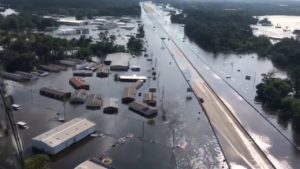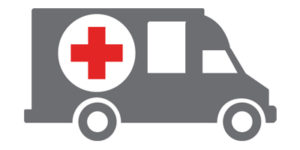Two and a half years after Hurricane Harvey slammed the Texas Gulf Coast, the first surprising thought is how quickly the Texas economy has recovered, and how quickly households have recovered.
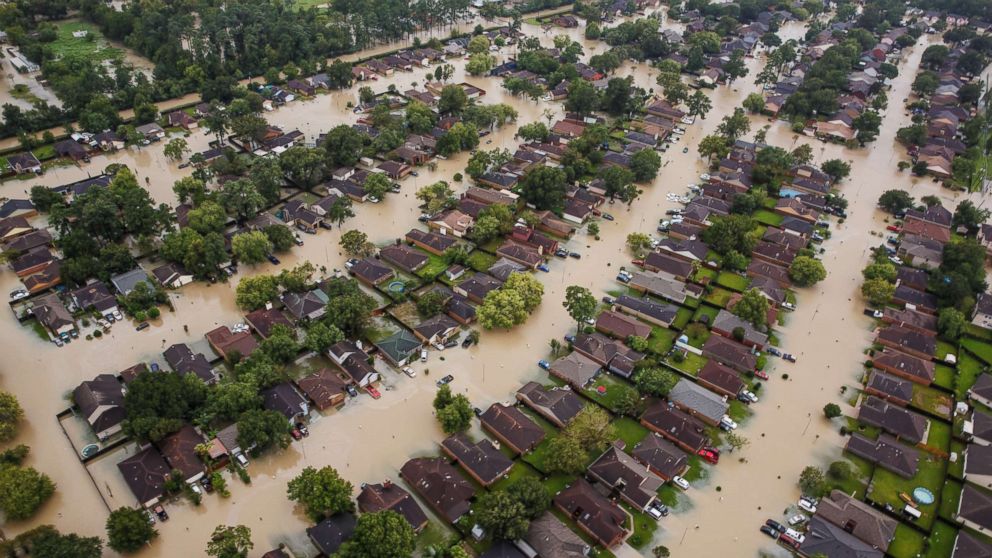
According to the governor’s report on the storm impact, the estimated $125 billion in losses made this the second-costliest natural disaster ever in the United States. (Hurricane Katrina’s impact on New Orleans in 2005 was the only costlier disaster.)
And yet, the state comptroller’s office estimated the impact on state economic output – the equivalent to GDP but for Texas – estimated a 3-year net economic gain of $800 million, due to Harvey
A big temporary hit to state income in year one following the storm – estimated as a $3.8 billion loss – is actually made up for by the spur in economic growth by the need to rebuild in years two and three, estimated at $2.1 billion and $2.5 billion respectively. It’s a stunningly healthy macroeconomic recovery from a major economic shock, with obviously a lot of variation across the state.
Researchers have also used the experience and time since Harvey to study the economic effects on the finances of households, what we could think of as the microeconomic impact of the storm.
A paper released in mid-February by the Federal Reserve of St. Louis and written by economists at the University of Colorado explores the rates of bankruptcy and rates of access to federal financial assistance by affected households in Houston following Harvey.
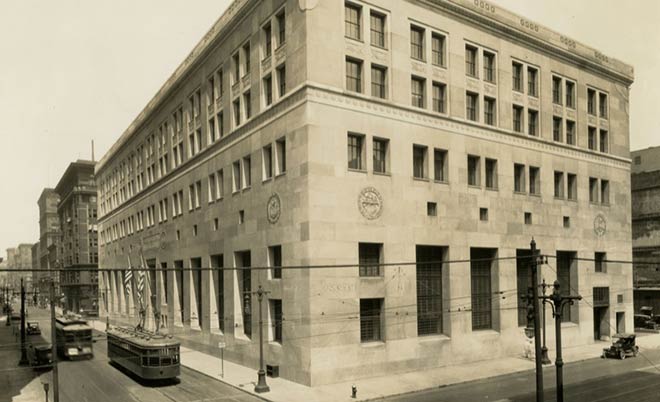
These economists studied household recoveries to see whether – underneath the average strong recovery of households – what kind variation existed. They found a few significant variations.
They show that two types of households weathered the financial hit of Harvey the best: People who happened to live inside the designated floodplain – presumably already forced to be covered by flood insurance – had lower rates of bankruptcy.
They also found people in any part of the city in a strong financial position ahead of time were able to access more federal resources in the form of small grants and larger loans. That finding may have implications for program design in the future.
The authors found no overall change in the level of bankruptcy in the city of Houston, following Hurricane Harvey. Digging into specific circumstances and specific city blocks, however, they did see relatively large jumps in bankruptcy among certain groups.
A big jump in bankruptcy rates occurred in areas of high home ownership where they also measured folks with relatively low access to credit.
That seems a bit counter-intuitive at first, since we associate home ownership with wealth, and renting with less wealth.
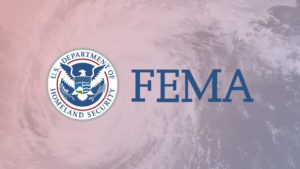
The intuition here, I think, is that compared to homeowners, renters have less at stake – between home equity and personal property – when a severe flood hits. Homeowners with low home equity and low access to credit, however, can see their net worth reduced drastically without a fix. So bankruptcy rates spiked in high homeownership neighborhoods, following this sudden drop in wealth.
The biggest observed jump in bankruptcy rates occurred in areas outside of the natural floodplain, rather than in city blocks inside the floodplain.
The explanation there is that homeowner rates of flood insurance outside of the floodplain are low, estimated at 17% flood insurance coverage in Houston, prior to Harvey. Again this is probably because in the case of having a home flooded without flood insurance – like folks outside the designated flood plain – bankruptcy is a far more likely outcome for someone just having had their net worth devastated.
Homeowners inside the floodplain, most of whom would have had to have insurance in place, recovered financially much more quickly. In fact, bankruptcy rates overall declined among homeowners in the floodplain whose blocks experienced the heaviest rates of flooding. We can presume this is because flood insurance provided a big chunk of liquidity when it was needed most, lowering the probability of bankruptcy.
The authors next studied who in Houston got access to federal assistance – mostly from FEMA and SBA – in the months following the storm.
Coming from a higher income area of Houston, the authors found, correlated with a higher likelihood of assistance. It also correlated with a higher dollar amount of assistance, even controlling for the amount of property damage reported. I think it’s obvious to say that federal assistance does not set out – from a policy perspective – to reward people in a disaster who are better off financially, before the disaster.
On the other hand, this result could be explained intuitively by one of the big rules of personal finance. Namely, it helps to have money in order to get money. In the specific case of grants and loans, we can imagine barriers which folks in lower socioeconomic neighborhoods face in applying, following up, and qualifying for federal assistance.
The fact that households who are worse off to begin with benefit less than the better off – following a devastating financial shock – suggests that policy makers have some program design to consider, for when the next big disaster hits.
This post ran a few months ago in The San Antonio Express-News and Houston Chronicle.
Post read (199) times.




